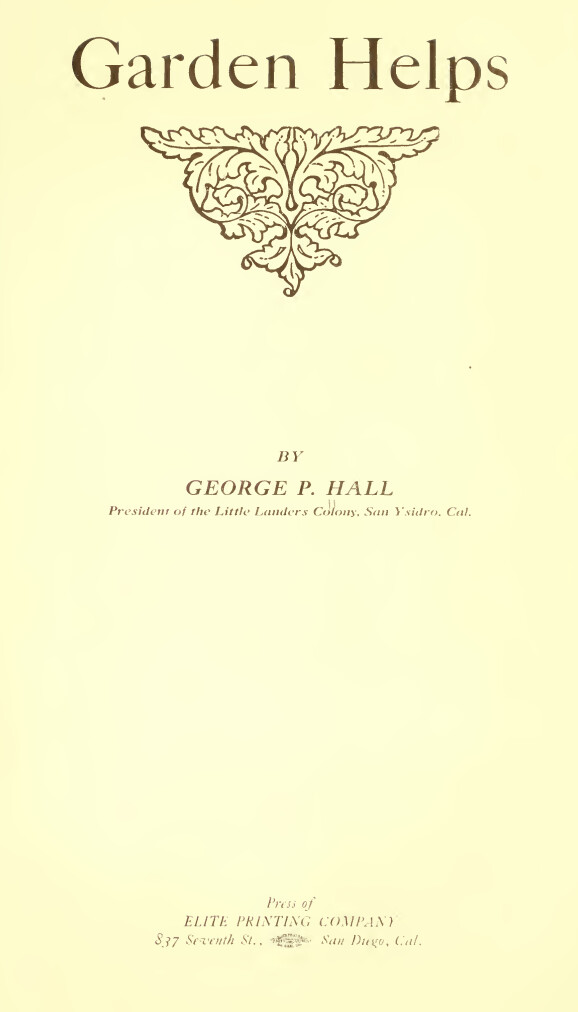$2 Download. Garden Help. 1877 – 130p
CHICKORY
The only kind to grow, if one wishes to raise a substitute for
coffee, is the Large Rooted Magdenburg. It is used in the adulteration
of coffee and the leaves ai-e liked by some as a salad.
It has little commercial value and is prominent among plants for
being distasteful to army worms- The leaves, used to cover other
plants, make resistance and partial protection.
COLLARDS
This plant of the cabbage family is used by some as a sub stitute
for cabbage. It has a tall stem covered with miniature
rosettes that have the flavor of the cabbage. It is known as
Creole or Georgia Collards and furnishes an excellent supply of
green feed for poultry. 8oAvn in the cool months from February
to May it is preferred to wrinkled kale for green feed for chickens.
Sow and treat the same as cabliage.
CRESS
Really a window garden relish, can be sown in a bowl and
set in the window and in a few days you can cut it off close to
the soil and have a delicious salad, or relish like lettuce. Pepper
grass is its other name, as it is really a warm member of the vege table
family. Sow it very thickly. Write your name in the soil
and carefully sow the seed and, if kept moist, in four days it will
be up and your signature plainly set in the soil green and verdant.
You can repeat the sowing and if you only have a wnndow and a
bowl of soil you can have a growing garden in your room.
Entirely distinct is Water Cress which delights to fill up a
bubbling spring or a running stream of shallow water. Like its
little name-sake, it is used as j-ou would lettuce. It is altogether
an aquatic plant and seed sown by the waters mhII give you re turns
for years to come, if properly cut and preserved.
CORN SALAD
This plant is sown in the wet months and used as lettuce which
it resembles. Some kinds are disposed to make heads, but it has
never filled the place of good well-grown lettuce. It is in the
substitute list and of Italian origin and preference.
GARDENHELPS 47
CELERY
Celery is one of the import;! nt prodiiets of California. Any where
on moist, partly peat land it can l)e grown to best advant age,
as is done on the peat lands of Orange eonnty. There are
river bottoms adjoining the sea in San Diego and other counties
that can be sneeessfull\' used. Hut celery can be raised in any
good permeable garden soil provided the important consideration
is met: It mnst be kept n)oist. as the plant is of semi-a(inatie origin
and if deprived of a sufficient amount of water to keep it advanc ing
rapidly it soon runs to seed. It is most successfully grown in
the winter and autumn months, endures very well any frosts that
may come in interior valleys, ])ut does not staiul the heat well
enough to make its culture jirotitable in the summer months.
Ordinary garden soil can b{» well adapted by a liberal supply of
well rotted inanure and b^ the aid of deep digging and trenching
similar to work done in a:-pai*agus culture.
Celery is sown in a seed bed and transplanted. The seed is
small but not hard to germinate, if it is kept in equal temperature
never sodden, never dr\-. Cover seed lightly because it is small
and will not come through a heavy load of soil. Sow in a seed l)ed
and when the plants are uji thin to aI)out one plant to the square
inch. When they are three inches high, clip off the tops about
half way; and when they get four inches or more high clip l)ack
again. This is to give root jxjwer. Keep moist and in about a
week or ten days transplant carefully without disturbing the
roots, taking a good chiudv of soil with them, to the shallow furrow
you have previously prepared. Set al)out six inches apart. A
wooden dibble to drive down and pull out is a good tool for mak ing
the hole to put the plant in. Put it doAvn straight and firm
the soil well around the plant before you leave it. Keep the soil
aAvay from the plant instead of drawing it up to it until it is a
foot and a half high. Then ]iull the earth up to the stalks to
blanch or whiten them. The Chinaman wraps strips of gunny
sack around the plants to blanch them. It takes about three
weeks to satisfactorally blanch the White Plume variety.
There should be four cool months in which to grow the celery.
Commercially it is harvested aiul sent east in the winter so the
seed should be sown so as to nu-et the Thanksgiving and Christmas
demand. To do this, it must be sown in summer, sav August, and





